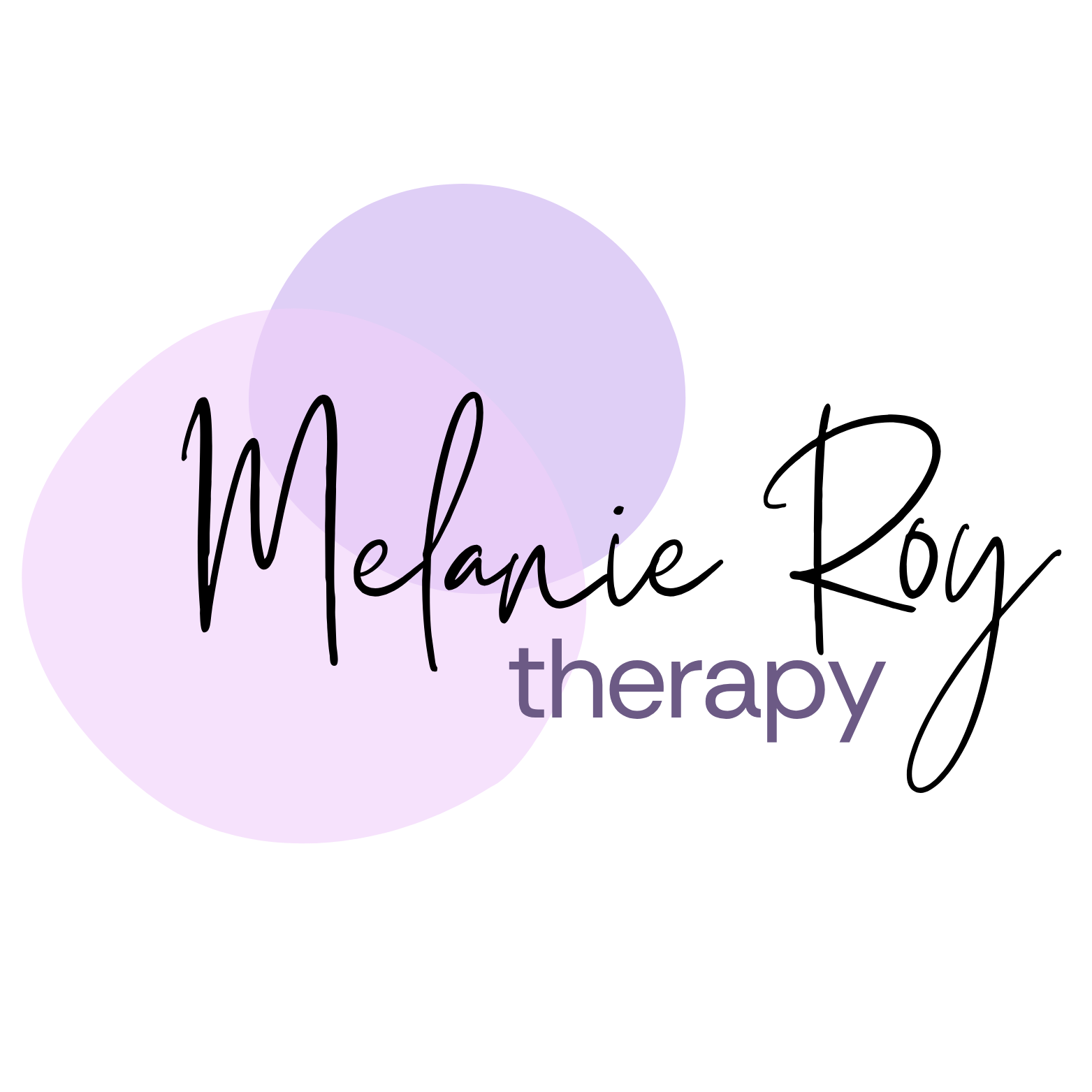My Approach to Therapy
As a therapist, I am kind, sincere, and non-judgmental, and my approach to therapy is based in collaboration. This creates a strengths-based and client-led experience that is as empowering as it is validating. I’m dedicated to providing a safe, comfortable, and affirming space to explore and grow, no matter where you’re at.
My style of therapy centres a collaborative and empowering approach rooted in social work and social justice. In my practice I don’t only consider the internal workings of my clients, but also the external societal and familial pressures that may be affecting them.
I have an ongoing commitment to embracing diversity, equity, and inclusion in my practice. My office is safe space no matter your identity.

Techniques and Modalities:
Talk Therapy
Talk Therapy, also known as psychotherapy, is a collaborative process that provides a safe, supportive space for individuals to explore their thoughts, emotions, and experiences. Rooted in the therapeutic relationship, talk therapy helps clients gain insight into their inner world, identify patterns that may be contributing to distress, and develop healthier ways of coping. It encompasses a variety of approaches—including psychodynamic, humanistic, cognitive-behavioural, and integrative models—tailored to meet each person’s unique needs.
Talk therapy is effective in addressing a broad range of concerns, including depression, anxiety, life transitions, relationship challenges, grief, and identity exploration. With children, teens, and families, talk therapy may be adapted to developmental levels and may include creative, play-based, or relational interventions to deepen connection and support emotional growth.
Eye Movement Desensitization and Reprocessing (EMDR)
Eye Movement Desensitization and Reprocessing (EMDR) therapy is a structured therapeutic approach designed to help you process and recover from traumatic experiences and emotional distress. It involves guided eye movements or other forms of bilateral stimulation while recalling distressing memories. This process helps to reduce the vividness and emotional impact of traumatic memories, allowing you to reframe your past experiences.
EMDR is an evidence-based approach and is recognized as an effective treatment for Post-Traumatic Stress Disorder (PTSD). It has also been successfully used to address anxiety, depression, and other psychological issues.
Dialectical Behavior Therapy (DBT)
DBT is a comprehensive, evidence-based therapeutic approach designed to help individuals manage intense emotions and improve interpersonal relationships. Developed by Dr. Marsha Linehan, DBT combines cognitive-behavioural techniques with mindfulness practices, emphasizing the balance between acceptance and change. It is particularly effective for individuals with borderline personality disorder, but it is also used to treat a range of conditions, including depression, anxiety, self-harm, and suicidality.
DBT focuses on building skills in four key areas: mindfulness, distress tolerance, emotion regulation, and interpersonal effectiveness, and when working with teens and families, walking the middle path, which is geared towards improving and navigating familial relationships.
Cognitive Behavioural Therapy (CBT)
CBT is a widely researched, evidence-based therapeutic approach that focuses on identifying and changing unhelpful patterns of thinking and behaviour. Originally developed by Dr. Aaron Beck, CBT helps individuals understand how their thoughts, emotions, and behaviours are interconnected, and teaches practical strategies to challenge cognitive distortions and develop healthier coping mechanisms. CBT is effective in treating a wide range of mental health concerns, including depression, anxiety, PTSD, OCD, and more.
CBT is structured, goal-oriented, and time-limited, often involving homework assignments and skill-building exercises. When working with youth and families, CBT can be adapted to address developmental needs, promote emotional regulation, and improve problem-solving and communication within the family system.
Attachment and Trauma-Informed Therapy
Attachment and Trauma-Informed Therapy is a relational, evidence-informed approach that emphasizes the impact of early attachment experiences and trauma on emotional, cognitive, and behavioural development. Rooted in the work of attachment theory pioneers like John Bowlby and Mary Ainsworth, and expanded by contemporary trauma research, this framework recognizes how adverse experiences and disrupted relationships can shape an individual’s sense of safety, identity, and connection. It is especially effective for individuals with histories of complex trauma, neglect, or inconsistent caregiving.
This approach prioritizes building safety, trust, and emotional regulation within the therapeutic relationship. With families, it often involves supporting caregivers in becoming co-regulators, fostering secure attachment, and repairing relational ruptures. The therapy process is paced to avoid re-traumatization and integrates attunement, validation, and strength-based strategies to promote healing, resilience, and relational security.
Art and Play in Therapy
Play and Art in Therapy are expressive, developmentally appropriate approaches that support emotional healing and psychological growth, particularly in children and adolescents. Grounded in the understanding that young people often communicate more naturally through play and creative expression than through words alone, these modalities allow clients to explore their inner experiences in a safe and symbolic way. Play and art therapy are evidence-informed practices used to address a range of issues, including trauma, anxiety, behavioural challenges, grief, and social difficulties.
Play and art-based interventions help foster self-awareness, emotional expression, problem-solving, and resilience. In family and child-centered work, these approaches can also strengthen attachment, enhance communication, and support co-regulation between caregivers and children, making them powerful tools for both individual and relational healing.
